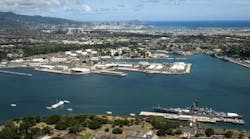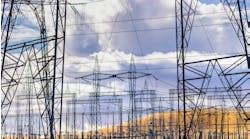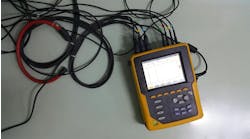Navy, University of Hawaii to Study Electrical Grids at Three Naval Bases in Hawaii
The Office of Naval Research has contracted with the Applied Research Laboratory at the University of Hawai‘i (ARL/UH) for a $2.5 million energy research project to be conducted by the Hawaii Natural Energy Institute’s (HNEI) GridSTART (Grid System Technologies Advanced Research Team), an HNEI research team focused on the integration and analysis of energy technologies and power systems, including smart grid and micro grid applications. The objective of this research is to develop a power grid modernization strategy and action plan to meet the future needs of the Navy in Hawaii, with a special focus on the reliability and power quality demands of electrical service to the shipyard.
As part of this task, a renewable energy integration action sub-plan will be developed to help the Navy meet its renewable energy goals in a manner that maintains electrical service reliability and stability, ensuring continuity of mission critical activities. The Navy is the largest single electricity user in the Hawaiian islands.
“This research continues to build on the growing relationship between the ARL/UH, HNEI and the Navy to help the Navy improve its knowledge and understanding of its shore energy demands while leveraging the great opportunity in alternative energy,” said Retired Vice Adm. and ARL/UH Executive Director Michael Vitale.
The first phase of this effort will gather baseline information about current electrical systems at the three naval bases in Hawaii: Joint Base Pearl Harbor-Hickam, Marine Corps Base Hawaii, and the Pacific Missile Range Facility Barking Sands, Kauai.
Subsequent tasks will focus on Joint Base Pearl Harbor-Hickam and will include developing plans to improve emergency power systems, demand-side management systems, and hydrogen fuel cell usage, as well as grid modernization with renewable energy systems.



